Performance character
Practices | Design creative solutions
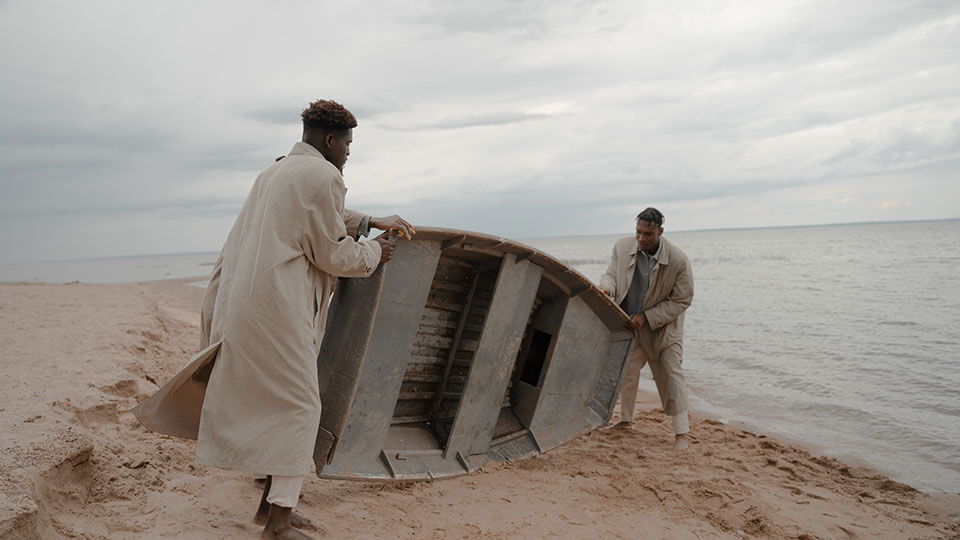
Work collaboratively and intentionally for and with the community to define and understand the problem; then generate and catalyze purposeful, innovative ideas to achieve a desired outcome that creates positive change for humanity.
1. Highlights
When we design creative solutions, we work collaboratively to address challenges through a human-centered process in which we start with the individuals and community for whom we are designing. In this practice, the creativity that drives innovation is set within the context of community collaboration.
Start by understanding the experiences of the people for whom we are designing
Collaborate with others to generate new possibilities and ideas
Try out our ideas by iteratively testing and refining them based on feedback
To design creative solutions, we engage a broad range of character assets, such as empathy, curiosity, perspective taking and inclusivity, to gain a fuller picture of the problem and its context, working to understand the current system and the factors that serve to sustain or potentially change it. Rooted in an understanding of the values, experiences and culture of the community, we go on to generate new possibilities and reimagine the systems at play, iteratively testing our ideas while reflecting and refining them. In this way, this practice — and Performance character more generally — draws on and puts into action all of our Moral, Civic and Intellectual assets and practices.
Principled Innovation is inherently collaborative, bringing people together and allowing their diverse perspectives, passions and assets to influence the design of innovation. This “human-centered” approach to designing creative solutions allows us to create systemic solutions which are greater than what any single individual or organization might have created alone. In leading or contributing to collaborative work, Principled Innovators make sure to put in place the operational structures that support teams in working together during the design process, including in the implementation stage and in the ongoing work of reflection and refinement.
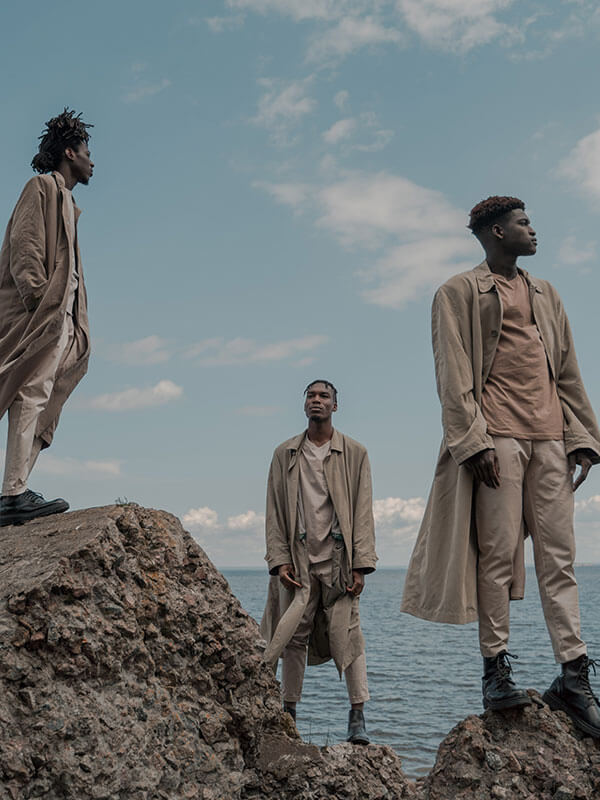
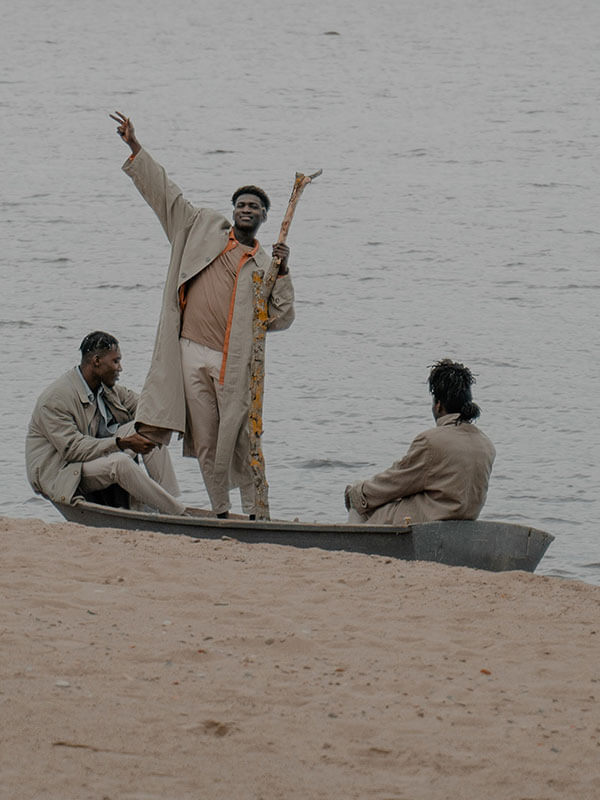
2. Context

Designed for engagement
Article
10 minutes
By: Edutopia
Unlocking creativity in the name of inclusion
Article
10 minutes
By: IDEO
What is human-centered design?
Video
5 minutes
By: IDEO
The five whys
Tool
15 minutes
By: IDEO
Access our collection of +200 learning materials
PI toolkit library4. Connect the dots
How could this practice be enacted through the Performance assets?
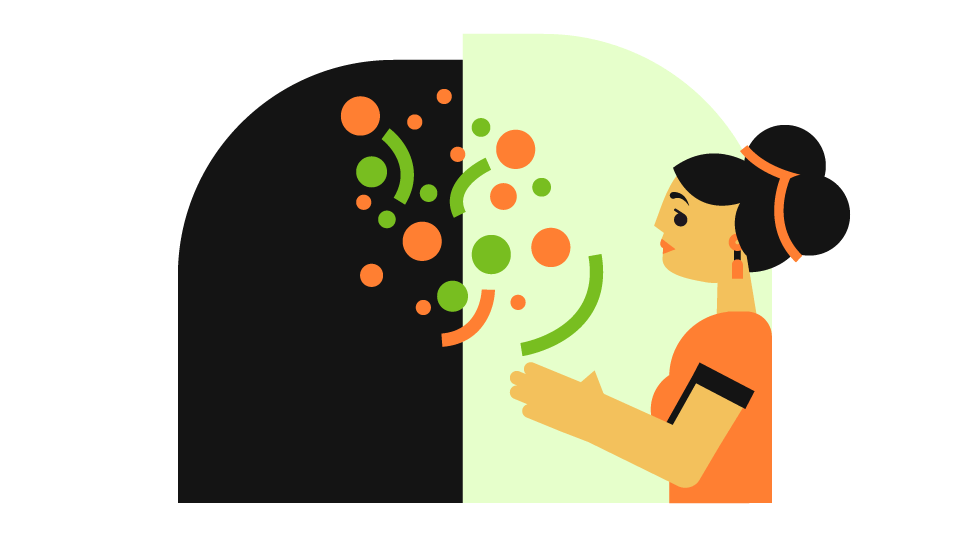
Creativity
Creativity in Principled Innovation involves using expansive and generative thinking to come up with novel approaches to problems. To do this, we can harness the power of collaboration to drive the creative process as we work with others to understand the problem and context, imagine possibilities, iteratively try them out to see what works, and reflect on next steps.
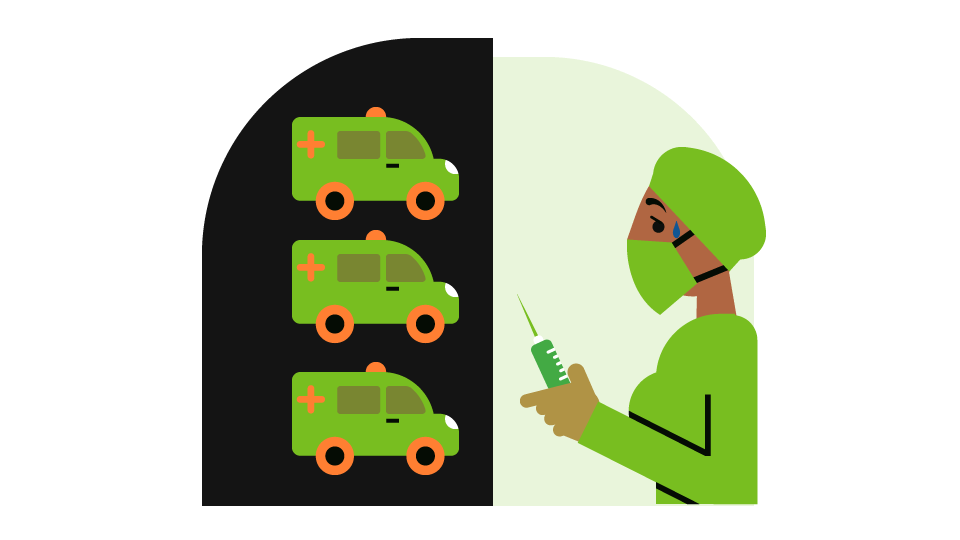
Resilience
While the process of designing innovative solutions is challenging, it is often the implementation of those solutions that demands the highest levels of resilience. When the changes we propose meet resistance or do not work out as expected, resilience helps us to find ways to creatively adjust our plans and move forward without sacrificing our values.
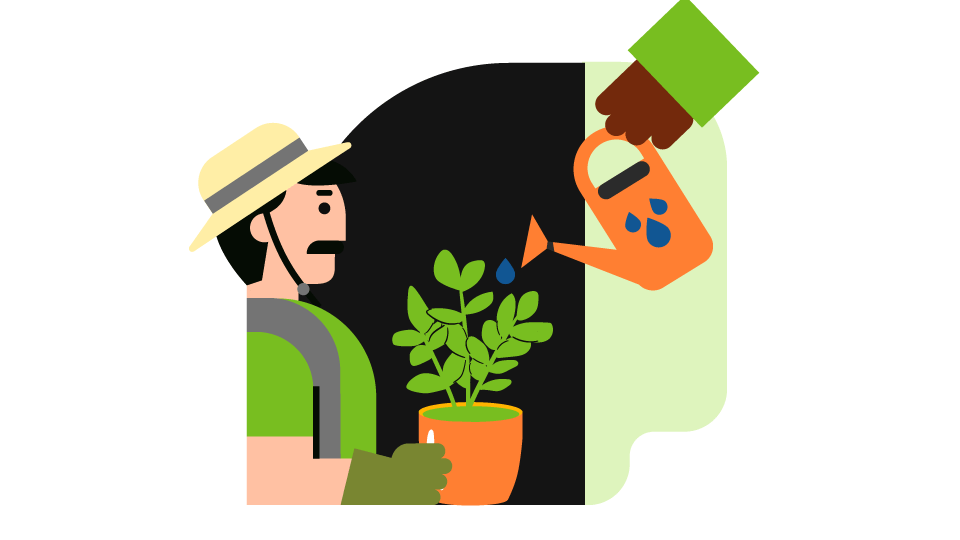
Collaboration
Collaboration across roles and networks opens up new perspectives and can prompt the critical reflection which drives creative solutions. By reaching inclusively across differences in building teams, we can better identify both the problems in our systems as well as the systemic constraints that make those problems persist.
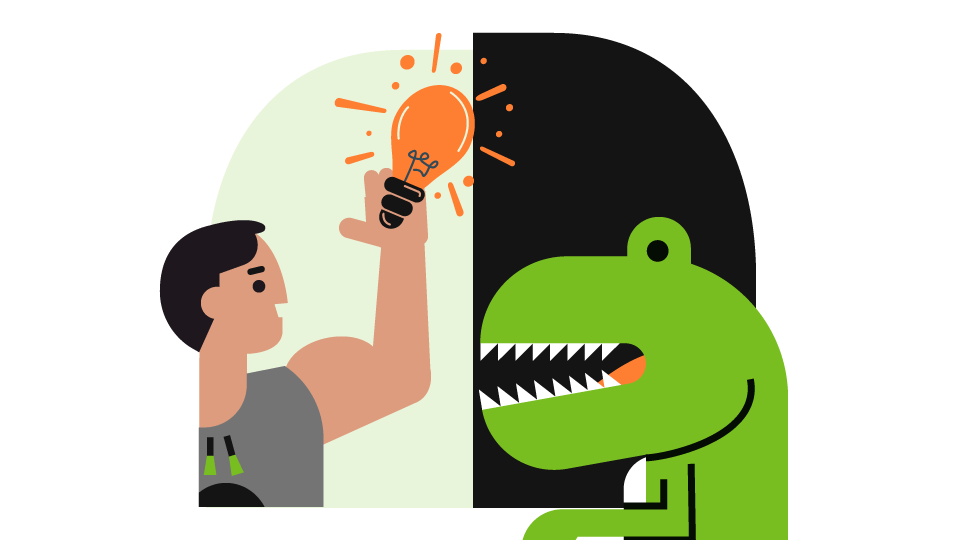
Courage
Creative solutions to existing problems may involve proposing ideas that we know will meet resistance. People are resistant to change, particularly when they themselves might be disadvantaged by our proposed solutions. Such moments require us to humbly but courageously move toward moral action.
